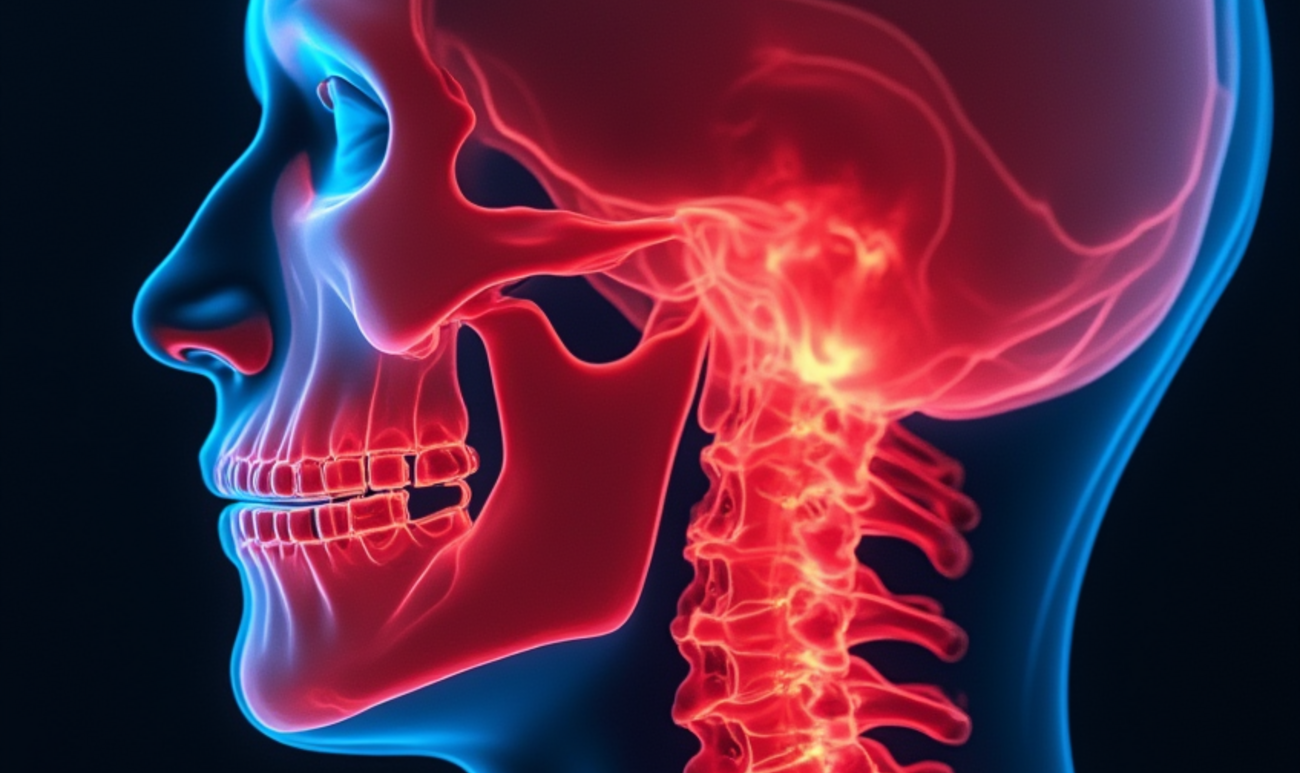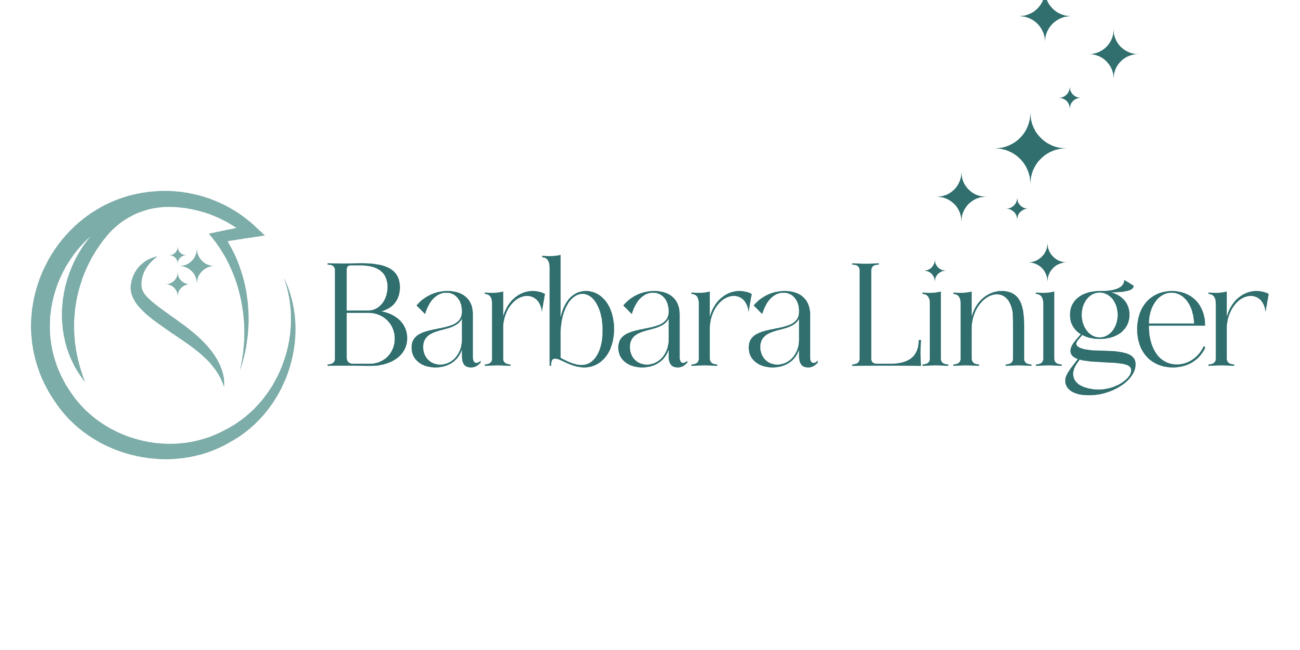The Vagus Nerve Mystery
How One Session Changed Everything
My client Tiago, 36, came to me after a decade of suffering. He had severely injured his neck at age 26 and, despite consulting many doctors, was never truly able to heal. Let’s read his story in his own words:
“About ten years ago, I fell on my neck while learning how to do front flips at the beach. Even though I was able to roll it out somehow, I compressed most of my joints while rotating my spine to the left – I ended up breaking the left transverse process of C6. This injury left me with many issues throughout those past 10 years:
- Heart palpitations when laying on my back or using the bathroom in any way. Heart palpitations due to burping, when they were not able to freely escape.
- As time went on, shortness of breath.
- Lack of hunger became an issue.
- I had a tingly feeling in my feet, and a nervy pain on the first step out of bed.
- 5-6 month after the accident, I started having problems with my Achilles tendons.
- I also carried a lot of tension in my upper neck, lately got restrictions in my shoulder.
- My sacrum feels stuck.
- My hips gave me the impression to be rotated to the left.
- My head felt disconnected from my body ever since.
“I had to think of every breath, eat based on time instead of hunger and I always needed to pay attention how I slept. Western medicine had no explanation as to why I was feeling this way, and surprisingly even the teachers at my first school of TCM could not give me satisfying explanations. I started doing research on my own and came to believe that I damaged my Vagus Nerve and its nerve branches which are going to various organs. It seemed like many of the autonomous nervous systems jobs were mixed up, rewired incorrectly and or just failing to work. Decompression of my spine help to some extent. But the only symptom that had truly improved in those ten years was my breathing. My body still felt like it was holding on to something and I felt I needed to control my limiting symptoms almost by force.”
Tiago’s personal research was spot-on: the Vagus Nerve was deeply involved in his symptoms. The 10th cranial nerve plays a crucial role in regulating the para-sympathetic nervous system, which is responsible for the body’s “rest, digest, and heal” functions. It exits the brain through the Foramen jugulare between the occipital and temporal bones, travels down on both sides of the neck, follows the sternum, penetrates the diaphragm to finally reach the inner curvature of the stomach. Along its pathway, it innervates throat and voice box, heart, lungs, trachea and esophagus, stomach, liver gallbladder, pancreas, kidneys as well as small and large intestines. Because of this extensive reach, the Vagus Nerve is particularly vulnerable to trauma, including neck fractures, whiplash, or surgical procedures. Dysfunction can cause a wide range of symptoms, many of which Tiago experienced. Additional issues like difficulty swallowing, voice changes, dizziness, nausea, and digestive problems are common – all linked to compression or irritation of the Vagus Nerve, either at its origine leaving the skull or along its pathway.
In Tiago’s case, I didn’t chase any of the symptoms he mentioned. Instead, I focused on locating the most restricted area in his body. His head held the most tension – there was no softness inside the skull, no cranial rhythm in the bony structures. The base of his skull and upper jaw were rigid and blocked. Surprisingly, the spinal dura was relatively free and pliable. On the other hand, sternum and sacrum had absolutely no mobility. His ribcage was stiff, the sternum lacked elasticity and his left lung showed reduced expansion during inhalation.
I worked very gently to help the organs and surrounding structures regain mobility and re-establish communication. Energetically, I guided Tiago back to the moment of his accident. Together, we reclaimed the scattered energies of that trauma and rewrote the story for his brain — with a peaceful, healing resolution.
“Then I saw Barbara. She was able to help my body relax and remember where everything went. After our first treatment it felt like waves and swirls were going through my body and with them, every so often, I would get a crack and an adjustment in my spine. Little by little, all the missing parts were starting to go back into their individual places. One of the most amazing parts was that, even I did not change anything in my daily stretching routine, somehow now the results seem to last. My feet suddenly stopped tingling, the nerve pain on my first step out of bed had stopped and my Achilles tendon issue finally started resolving. And the best of all: I started feeling hungry again! After the second treatment, since things were already moving better, it felt that the treatment was more focused and directed. My shoulder and upper back then started releasing tension, the pain in my shoulder improved and sacrum and hips seemed to shift. Like all of my anatomy parts seemed to start moving back to their original places. Summing it up, Barbara had a really good feel to what was happening and without forcing things she allowed my body to release back into shape. Which is what I was waiting for a long time.” (Tiago, Taiwan)
This case reminds me how powerful the body’s inner wisdom truly is—when we stop chasing symptoms and instead listen deeply to the body’s story, real healing becomes possible. It’s not about fixing a part, but restoring the dialogue between all parts. The body doesn’t need to be forced—it simply remembers how to come home to itself when we manage to help it find its own rhythm and mobility.
Key Roles of the Vagus Nerve
1. Communication Between Brain and Body
- Acts as a communication highway between the brain and many internal organs.
- Carries about 80% sensory signals from organs back to the brain and 20% motor commands from the brain to the organs.
2. Regulates Heart and Blood Pressure – Keeps your heart calm
- Slows the heart rate.
- Helps regulate blood pressure by relaxing blood vessels.
3. Controls Breathing – Helps you breath smoothly
- Coordinates smooth, calm breathing.
- Influences bronchoconstriction and airway tone.
4. Supports Digestion
- Stimulates saliva, gastric juices, bile, and pancreatic enzymes.
- Promotes peristalsis (wave-like digestive movements) in the stomach and intestines.
- Signals fullness and hunger to the brain.
5. Manages Inflammation
- Helps calm inflammation and is involved in immune regulation.
6. Affects Mood and Emotional Regulation – Clams the mind and body
- Tied to the Polyvagal Theory, which links vagus nerve activity with emotional safety, trauma responses, and social connection.
- Stimulates the release of calming neurotransmitters (Acetylcholine and GABA).
7. Helps the Body Recover from Stress – Brings you back to balance
- Shifts the body out of fight-or-flight (sympathetic) mode and into rest-and-repair (parasympathetic) mode. A healthy vagus nerve helps reduce anxiety, improve sleep, and boost your mood.
- Supports recovery, repair, and deep relaxation. It’s the key to feeling grounded, centered and connected.
Why Boundaries Strengthen the Human-Animal Connection
Boundaries have become a popular topic in recent years, and for good reason. They are essential for
About Surfing, Concussions and Head injuries
A couple days ago, big wave surfer Paige Alms was talking about concussions and brain injuries on th
Remote Healing Sessions
The recent pandemic changed our daily routines and gave most of us the chance to reflect on our live







